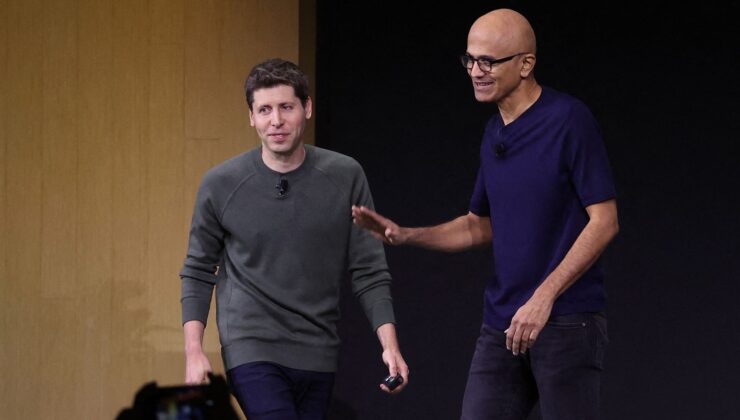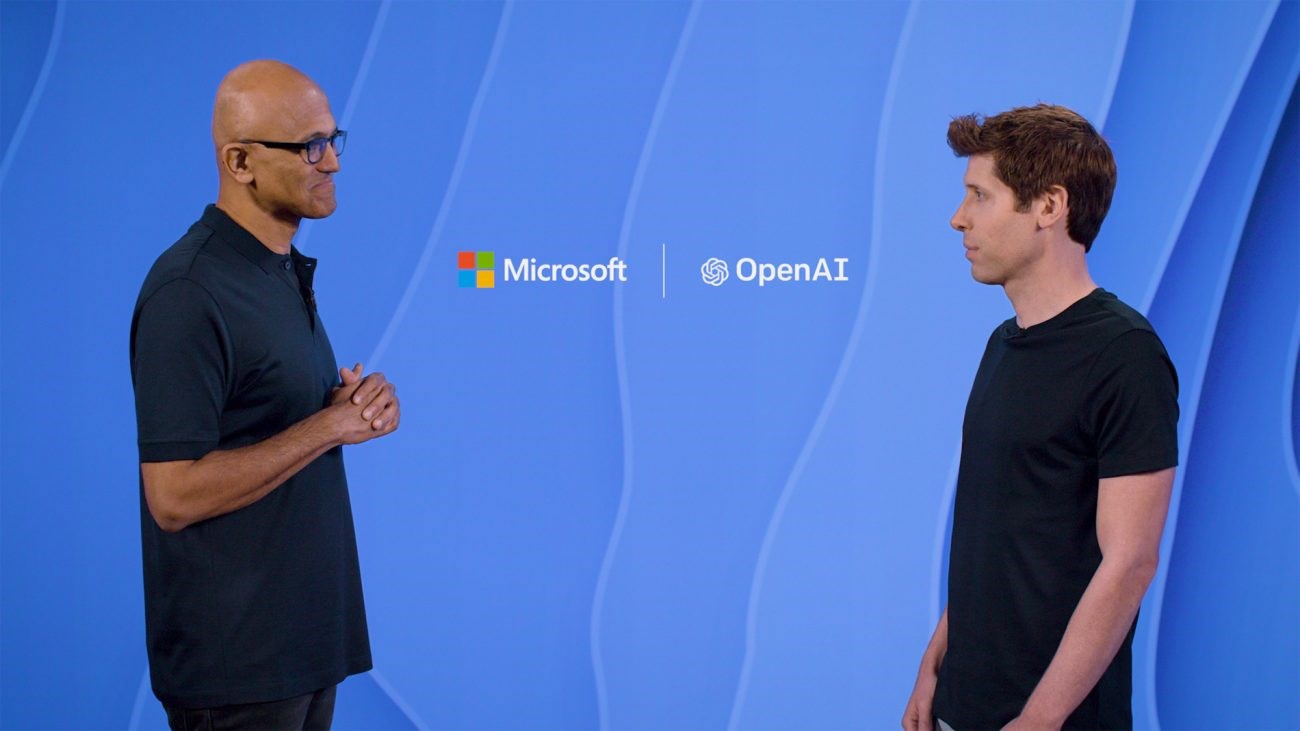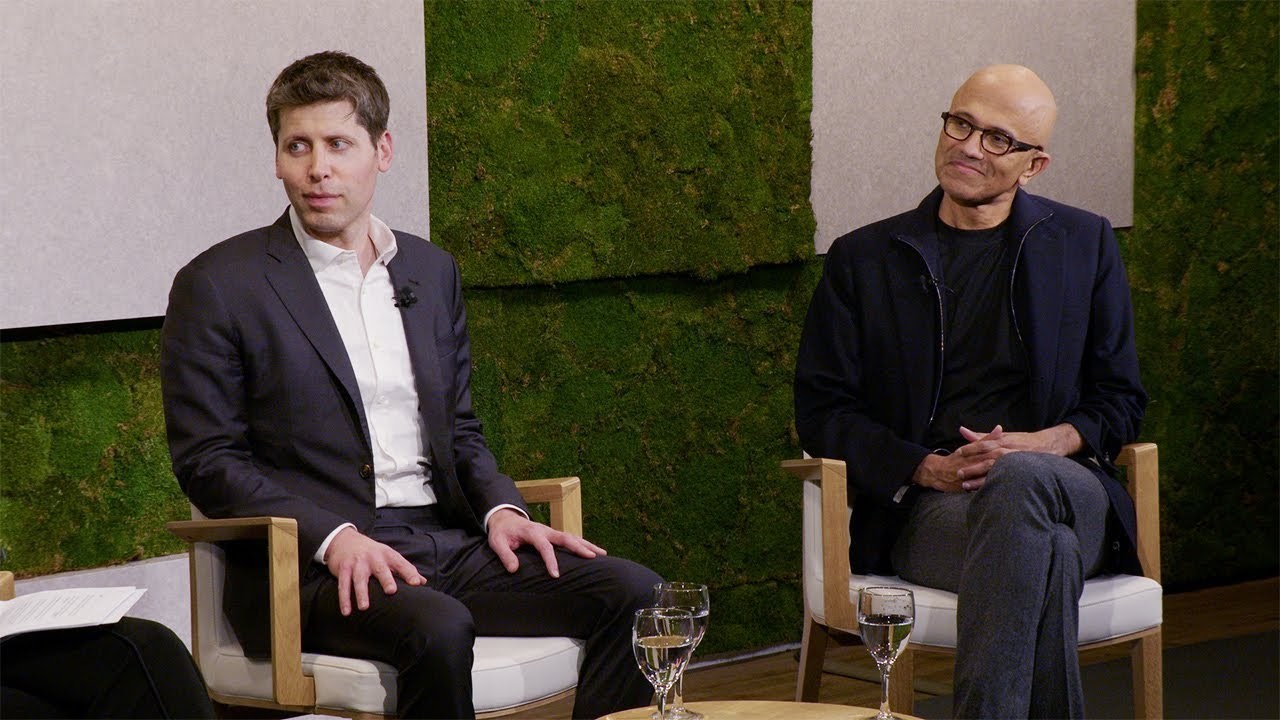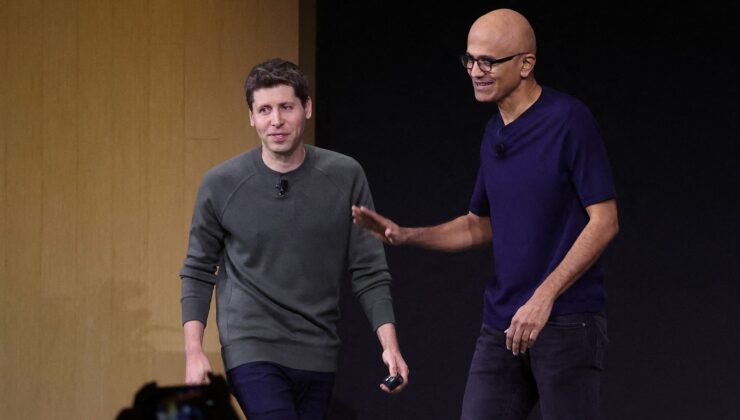The Evolving Dynamics Between OpenAI and Microsoft
The collaboration between OpenAI and Microsoft has transformed from a mutually beneficial alliance to a complex relationship filled with legal and strategic challenges. Founded in 2015 as a non-profit organization, OpenAI thrived on external funding without commercial products until the launch of ChatGPT marked a turning point, validating Microsoft’s early investment.

Initial Collaboration
Microsoft CEO Satya Nadella invested in OpenAI well before ChatGPT’s release, recognizing the potential of their talent pool. This partnership allowed Microsoft access to cutting-edge AI technology while OpenAI grew with Microsoft’s backing. The launch of ChatGPT transformed OpenAI into a major success story.

Shifting Relationship
Recent insider reports suggest a growing rift between the two companies as they chart their own paths forward. OpenAI is developing new revenue streams and is less dependent on Microsoft, while Microsoft has crafted its own AI solution named Copilot to compete directly with ChatGPT.

Points of Contention
The diminishing dependency has led to disagreements on several fronts, including the utilization of Microsoft’s data centers, sharing of OpenAI models with Microsoft, and the pace of AI technology development. Despite tensions, immediate separation seems costly for both parties.
Speculative Scenarios and Legal Implications
A potential future scenario could see OpenAI retaining exclusivity over its most advanced models, which might lead to legal disputes due to differing views on when OpenAI’s AI will achieve human-level intelligence. Altman believes it’s imminent, while Microsoft estimates it’s years away.
Conclusion
As both entities navigate these evolving dynamics, their future interactions will likely shape the AI landscape significantly. The relationship between Microsoft and OpenAI continues to be a critical factor in the development of AI technology.


